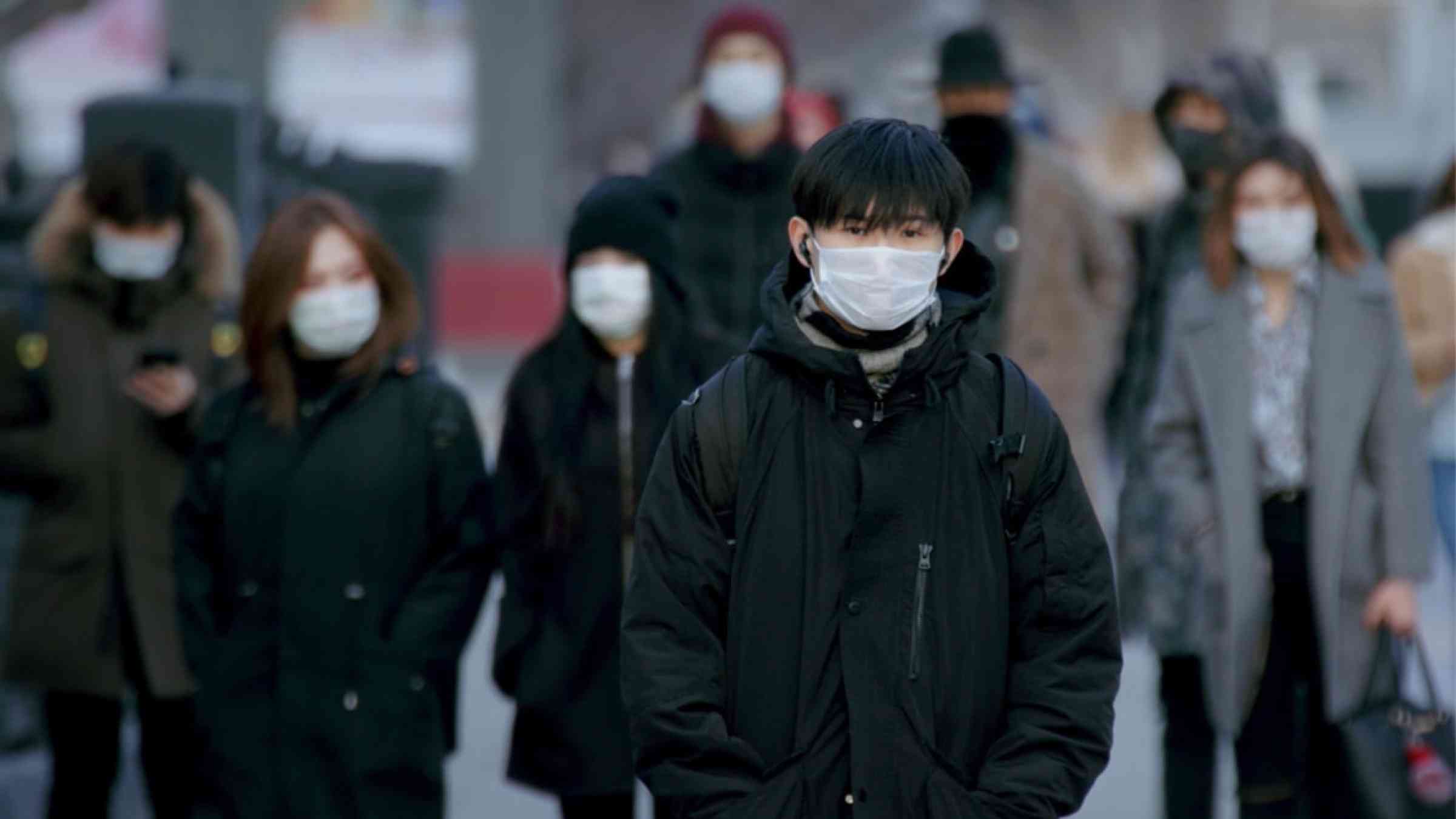How to avoid the next pandemic

The COVID-19 pandemic claimed millions of lives and disrupted countless others. Based on our case studies, we believe what began as a disease outbreak didn’t need to escalate into a global crisis. Our work indicates that better management of three key aspects—international cooperation, isolation, and available technology—could have curtailed it in its initial stages. Understanding these elements fully can help ensure that future disease outbreaks do not become pandemics.
Stronger International Cooperation
Our research on disaster diplomacy for disease outbreaks before and during COVID-19 demonstrates how international cooperation can prevent disease-related disasters. Health diplomacy, medical diplomacy, and vaccine diplomacy were used to help countries cooperate on improved health outcomes before COVID-19. Successes include eradicating smallpox in 1980 and rinderpest in 2011, each of which required vaccination campaigns in conflict zones. Meanwhile, the World Health Organization International Health Regulations, which are legally binding in most countries, require collaboration and information sharing in disease outbreak response.
Although not all such efforts prevail, the lessons learned from them could have been applied to COVID-19. Before the COVID-19 pandemic, we adopted a disaster diplomacy perspective to examine three examples. These instances showed how medical diplomacy has the potential to solidify alliances, although barriers in conflict zones can obstruct achievement. They also indicated that—for both COVID-19 and the previous coronavirus pandemic, Severe Acute Respiratory Syndrome—if control measures are not immediately implemented, spread cannot be adequately contained.
For COVID-19, a disaster diplomacy perspective helps explain how existing knowledge could have facilitated better integrated international cooperation as the virus emerged. Political posturing inhibited some countries from giving or accepting aid. Valuable information about the virus and vaccine sharing was impeded. Knowledge at the onset of the virus’s emergence could have been used to plan and implement cooperation, which would have helped everyone. Decisions made by countries ultimately contributed to the disease outbreak morphing into a pandemic disaster.
Better Management of Isolation
Isolation, both individual (quarantine, self-isolation, and physical distancing) and national (lockdowns, border closures) was a widespread response to COVID-19. Such measures have known drawbacks—including exacerbated mental health issues, worsened diets, and increased domestic violence and substance use—that could have been anticipated and minimized. Isolation measures did successfully ease pressure on health systems, but they could have been even more effective if best practices had been used consistently worldwide while still addressing adverse impacts.
Claims that some locations, notably islands and smaller jurisdictions, had an isolation advantage over continental or larger territories were not backed up by our investigations. For example, Nunavut—a vast, autonomous territory of Canada—did not confirm its first COVID-19 case until November 6, 2020 whereas neighboring Greenland confirmed a case on March 16, 2020, three days after lockdown was initiated.
What seemed to be the case instead, is that consequences were related to the balance of the isolation-related measures adopted, how well they were followed, and how well they were enforced. New Zealand and Thailand both used national lockdowns and border restrictions to keep cases at a minimum throughout 2020. The United Kingdom and the United States each used a patchwork of isolation measures, which were not always consistently enforced.
Technological and Human Approaches
Many countries adopted technology-related measures, generally apps and digital health data, in an effort to increase disease surveillance, create transparency, and limit the amount of time that isolation would be necessary. As with isolation, the effectiveness of this technology ended up being more a function of how it was applied, rather than of the technology itself.
Our analysis of several examples determined these technological solutions weren’t always beneficial in reducing isolation measures or controlling the spread of COVID-19. For instance, the United Kingdom spent more than $90 million on a contact-tracing app that had no discernible impact on reducing required isolation measures. Iceland’s contact-tracing app was also deemed to have had limited useful results. In many cases, governments partnered with private companies to digitize COVID-19 strategies without clearly communicating or consulting with local residents about data collection and security. While these technologies did help the public to perhaps better visualize and understand issues like escalating case rates, they did not always deliver promised results.
In contrast, Taiwan and Thailand each combined digital health approaches with community engagement, local volunteers, and informality. Examples include civic-led mapping of mask availability, local development of chatbots and apps, and door-to-door monitoring to check on people, to disseminate hygiene information, and to collect health data. While no single measure could be identified as “successful,” the combination of high tech and engaging directly with people appeared to be most effective in countering the pandemic’s impacts and supporting people during a time of great uncertainty.
The numerous lessons and extensive experience that emerged from COVID-19 and other pandemics can be applied to future pandemics, even after new pathogens have surfaced. Treating the social and political afflictions that allow outbreaks to escalate is harder. As our various investigations have shown, we have the knowledge of how to work better together. We just need to use it.